Affiliate links on Android Authority may earn us a commission. Learn more.
On Good Authority: Just how bad is the Pixel 6's fingerprint scanner?
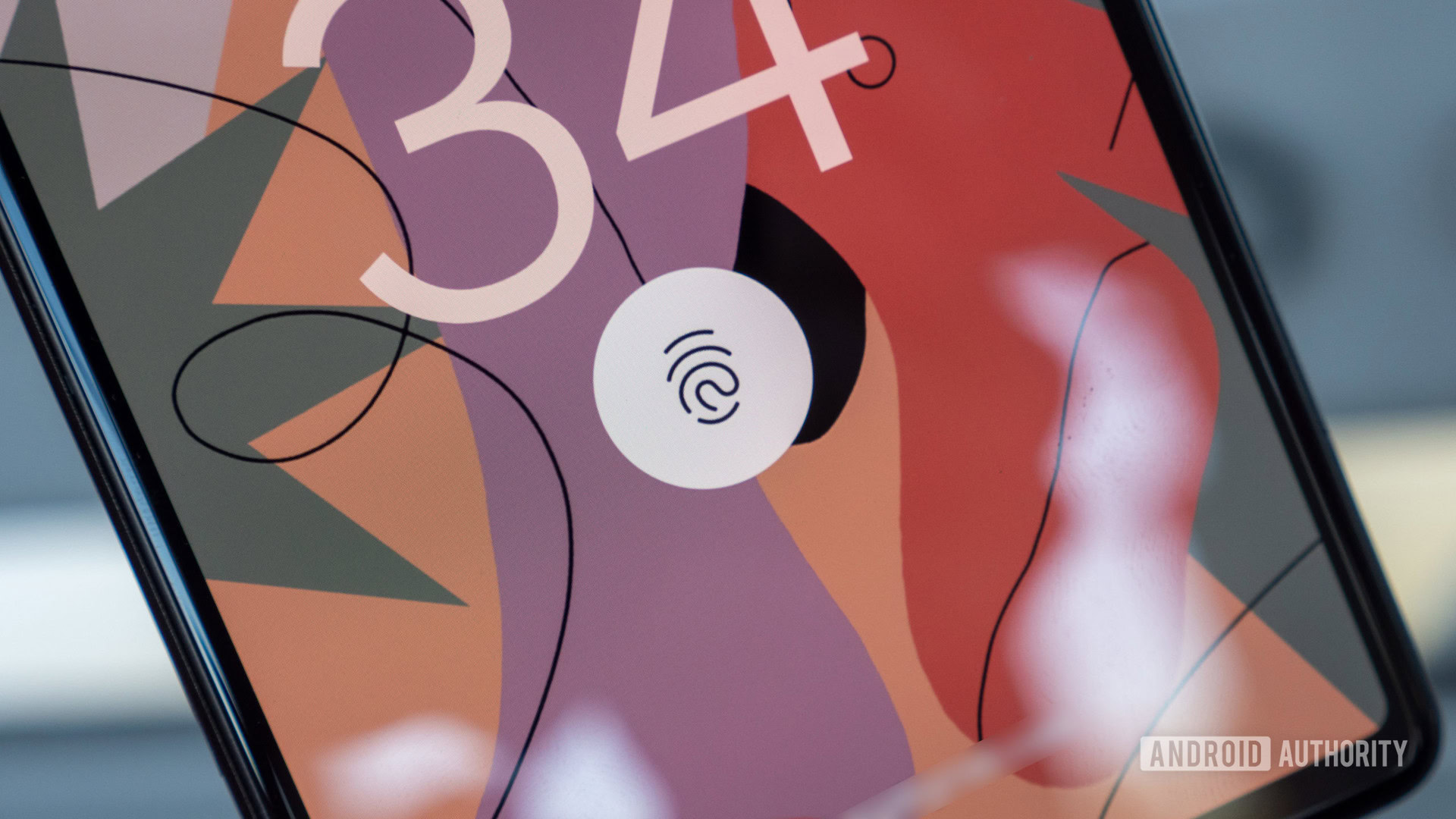
The controversy around the Pixel 6‘s in-display fingerprint scanner has been a major discussion topic ever since the phone’s release. Criticized for the slowness and unreliability of the sensor, Google explained it was a security feature due to enhanced algorithms.
Feature or bug, everyone who has bought the phone or is considering buying it will be locked into that experience. So exactly just how bad can you expect it to be? We’ve rounded up all of our team members who are currently using the Pixel 6 or 6 Pro and asked them for their opinion.
Eric Zeman (Pixel 6 Pro)
The Pixel 6 Pro’s in-display fingerprint reader is among the most aggravating I’ve used. My experience with display-based readers runs the gamut from truly awful to merely good. Google’s solution should be a lot better.
To start, I’ll say that the placement works well for me. It’s located right where my thumb wants to land on the display. However, you can’t find the spot by feel as you would with a rear- or side-mounted reader, which means you have to at least glance at the screen before pressing your thumb down. This takes extra time, though admittedly it is an issue faced by all display-based readers.
Our verdict: Pixel 6 Pro review — the most compelling Pixel yet
The biggest problem I’ve encountered is the speed and accuracy of the reader. It simply takes too long to read your print, and if you’re too quick to remove your thumb from the glass it won’t complete the scan and unlock the phone. I haven’t been able to get the timing right on a consistent basis even after using the phone for two weeks. This forces me to make a second attempt to unlock the screen, which takes more time.
On an $899 phone in 2021, I simply expect better.
Another issue I’ve noticed is the amount of light the reader generates. It blasts a bright flash under your thumb to scan the print. During the day it’s not overly problematic, but at night it can be a real distraction. Case in point, I recently attended a concert, and unlocking the phone in the dark caused a noticeable burst of light that others could see. On an $899 phone in 2021, I simply expect better.
Jimmy Westenberg (Pixel 6)
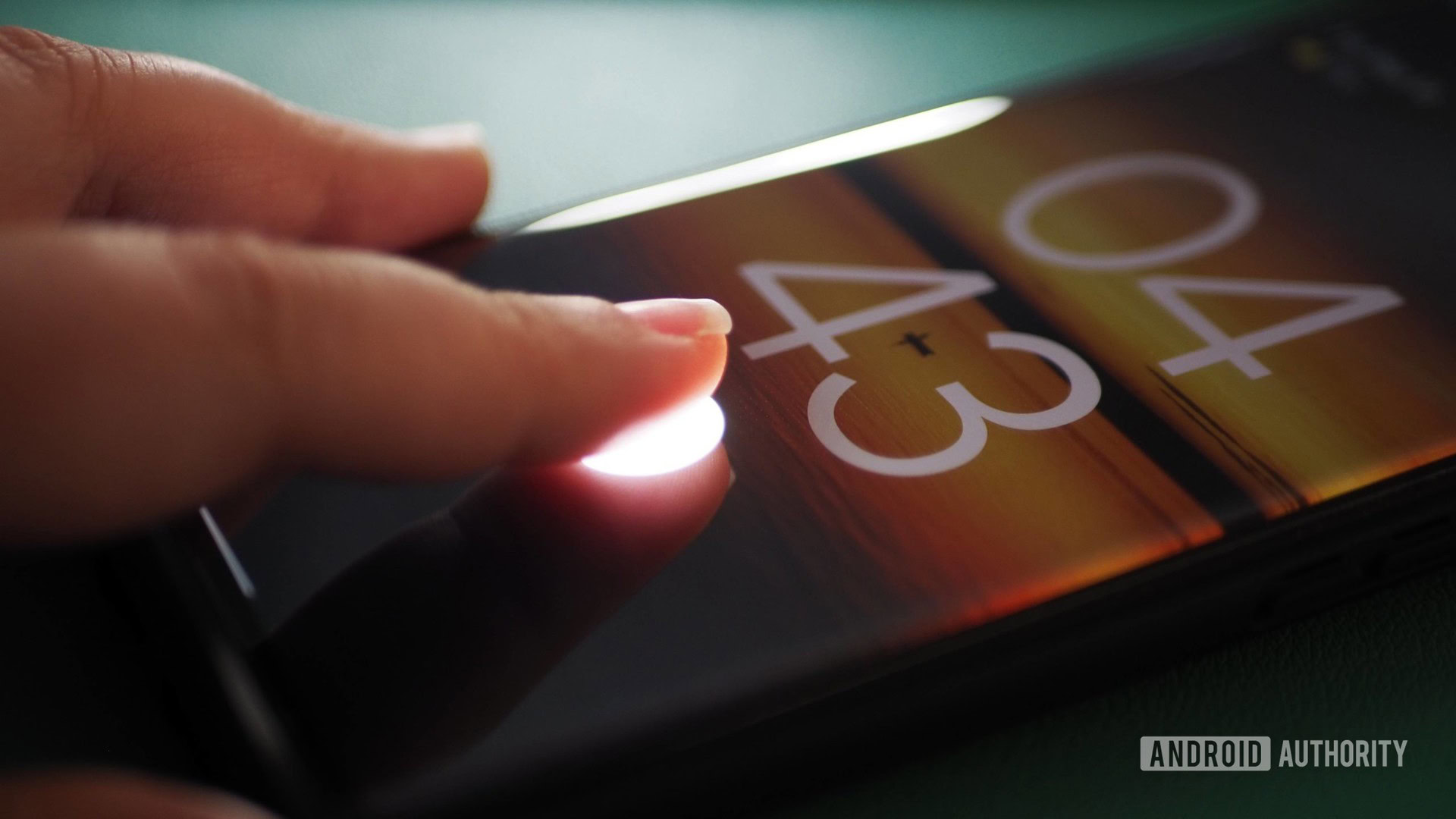
Hate is a strong word to use in any context, so I’ll try my best to avoid that language. I very strongly dislike the Pixel 6’s fingerprint sensor.
It does not work as intended. I estimate mine works about 50% of the time. With a fail rate that high, my brain just expects me to have to enter my passcode every time I want to unlock my phone. And with no face unlock or any other biometrics built into the phone, it’s like the Pixel 6 was released at a time before we had biometrics at all. It’s an odd experience to have with a flagship phone in 2021.
It's like the Pixel 6 was released at a time before we had biometrics at all.
On top of that, the light is blindingly bright (especially at night while lying in bed).
I don’t think the fingerprint sensor ruins the Pixel 6. Not at all. But if this phone didn’t excel in so many other areas, maybe we’d be having a different conversation.
Check out: Our Pixel 6 review
Kris Carlon (Pixel 6 Pro)
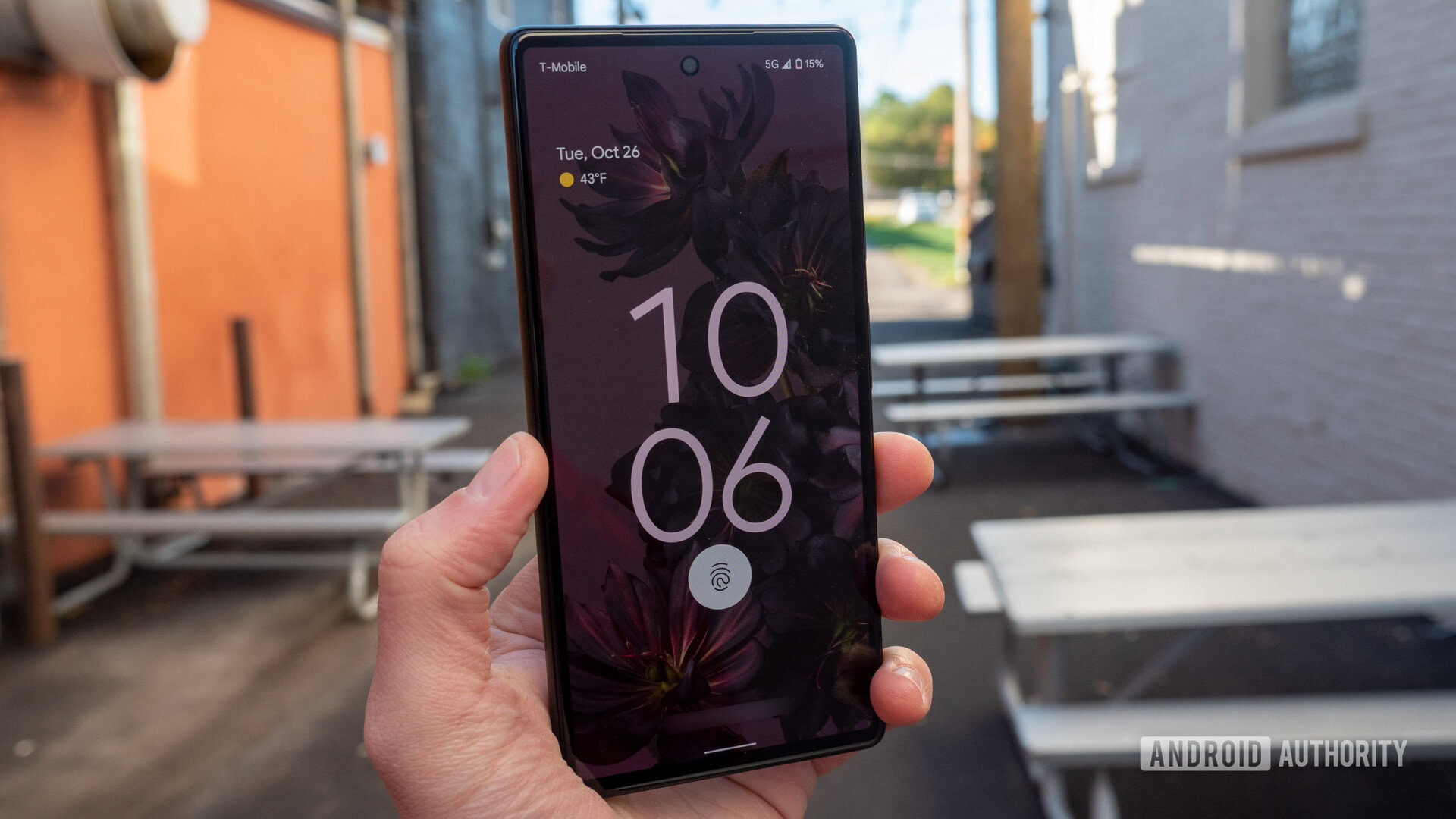
My experience with the Pixel 6 Pro’s fingerprint scanner hasn’t been anything to flame up on Twitter about it, but it hasn’t been anything to write home about either. It’s mostly reliable, fast enough, and only just nudges the Line of Annoyance in terms of usability. It’s about par for the course for in-display fingerprint tech, which is… not as good as it should be at this stage of the game. Sadly, for a phone that was supposed to be a turning point for Pixels generally, it’s just one more item on a fairly long list of not-quite-what-we-expected.
I certainly don't think it's a make-or-break issue, but I do wish Google had implemented it a little better.
While a capacitive scanner would have been a better choice from a user perspective, it’s understandable why Google opted for the fancier flagship option here. There’s still hope Google can address at least some of the fingerprint scanner problems — like the fingerprint icon not always being visible or active on the lock screen — even if it does nothing to improve speed, reliability, or accuracy. I certainly don’t think it’s a make-or-break issue if you’re thinking about picking up a Pixel 6, but I do wish Google had implemented it a little better.
We asked, you told us: Today’s in-display fingerprint readers are still divisive
Rita El Khoury (Pixel 6 Pro)
I don’t like in-display fingerprint readers. In an ideal world, my phone would have a physical sensor on the back and face unlock on the front, for the best all-around solution. But if I have to live with it, I don’t think the one in my Pixel 6 Pro is all that bad. Granted, my only experience with the technology is on my husband’s OnePlus 7 Pro, so I don’t have any sliding scale of speed and efficiency to compare against like my other team members do. All I can say is that the experience feels pretty similar to the OnePlus 7 Pro.
My problem is with the fact that most tempered glass screen protectors aren't compatible with it.
Speed isn’t my main problem with the sensor. Instead, it’s the light and the fact that most tempered glass screen protectors aren’t compatible with it. The one I bought just won’t let the sensor recognize my fingerprint, despite re-teaching it to the phone after installation. At best, I get a partial detection. So my only solution is to look at those gel-like screen protectors that turn into a slimy mess after a few days.
Robert Triggs (Pixel 6 Pro)
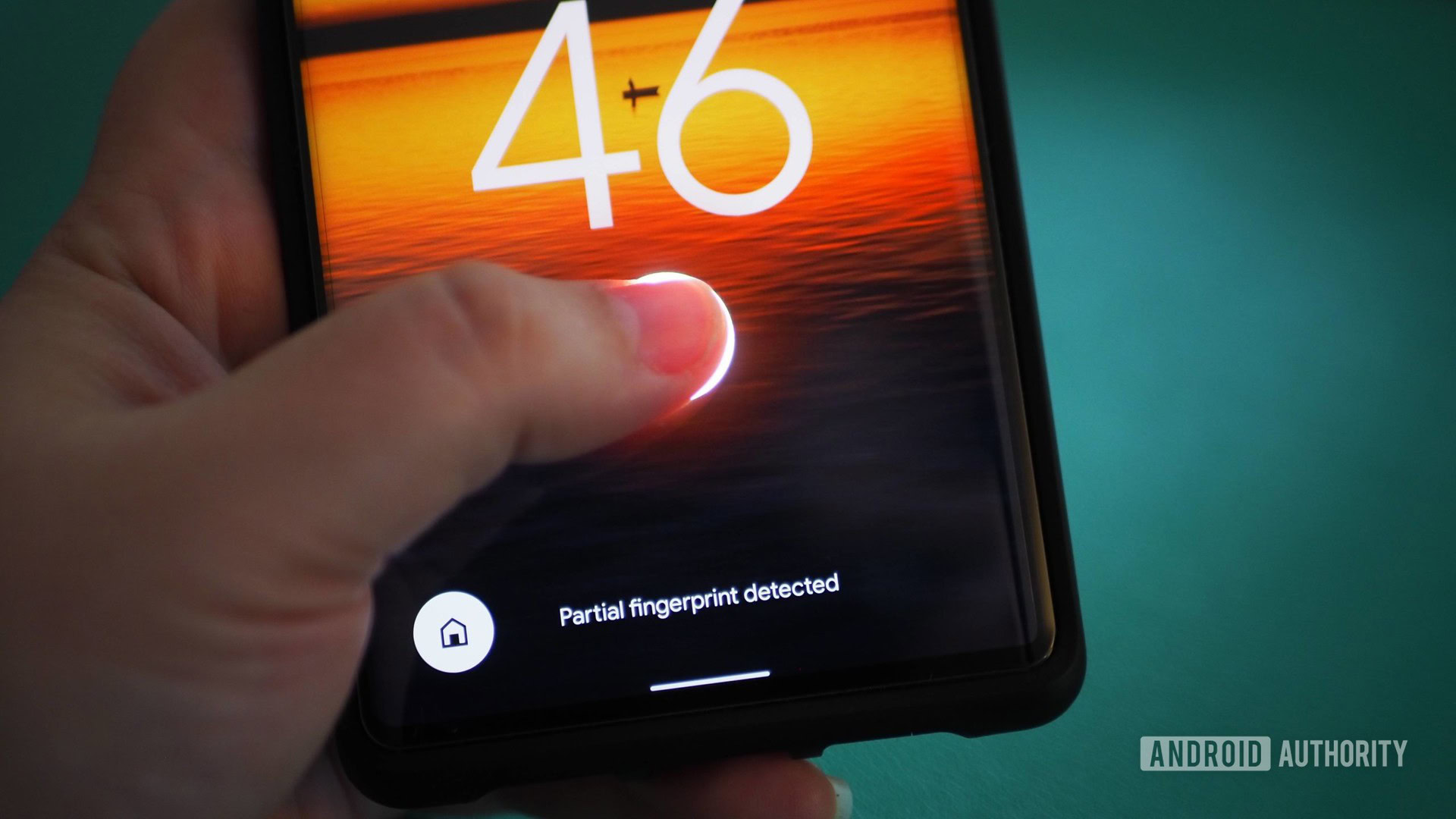
I wouldn’t call the Pixel 6 fingerprint scanner bad, as such, but it’s not exactly good either. It works well enough accuracy-wise, but definitely feels sluggish if you’ve come from a high-end ultrasonic or capacitive scanner. I also don’t like being blinded by the optical backlight when unlocking my phone in bed and I can’t shake the feeling that optical technology just isn’t as secure as the alternatives.
I don’t like being blinded by the optical backlight when unlocking my phone.
I’ve tried a lot of them and to be honest, I don’t think you can really win with fingerprint scanners. It’s too easy to misalign your finger on back-mounted scanners, and the same with in-display models that lack a large scanning area. Capacitive on the front works best in my experience, but leaves you with a chin bezel. I think there’s a reason Apple sticks with Face ID — just pick up your phone and voila, you’re in. But then there’s the ugly notch — blegh! I’m holding out for the day when we can disguise Face ID-style sensors under the display and be done with finicky fingerprint scanners altogether.
Also see: The best phones with in-display fingerprint scanners
Ryan Haines (Pixel 6)
I don’t think that my experience with the Pixel 6 fingerprint reader has been as bad as some others. The fingerprint reader is slow, and the light-up design is annoying, no arguments here. However, I find that it’s placed just about right for the way I hold my phone. I’ve also had no issues with identifying my fingerprints, even though I only have each thumb registered once.
I've had no issues with identifying my fingerprints.
Granted, I haven’t used an under-display fingerprint reader recently, so I may not be as familiar with the speed of Samsung’s Galaxy S21 series.
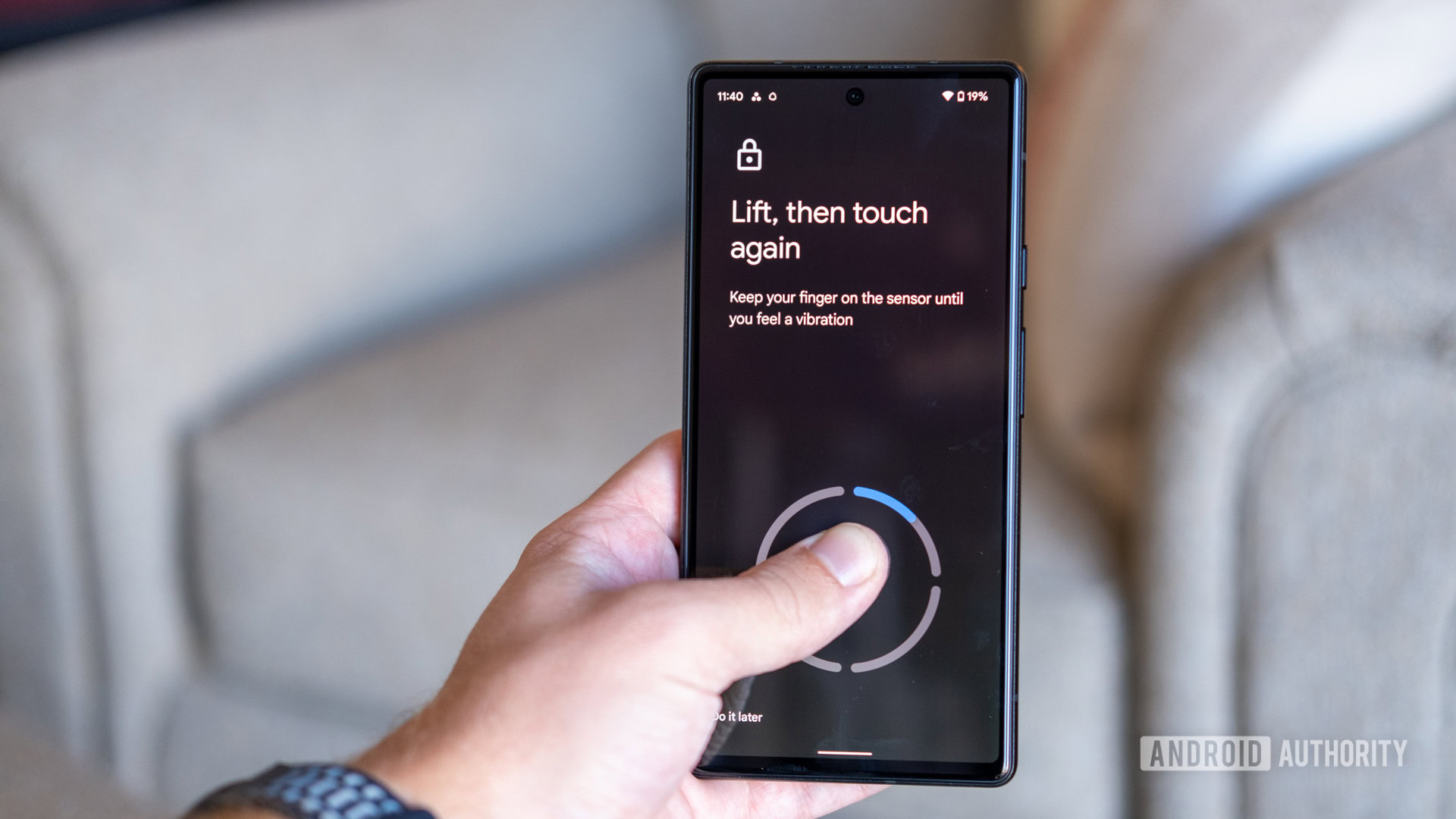
There you have it — a smorgasbord of opinions that stretch from the “it’s fine, I suppose” end of the spectrum to near-hatred. Perhaps the easiest takeaway is that none of us really like the sensor, we’re just tolerating it, and we all despise the blinding light it produces. There’s certainly room for improvement, there.